

With this year's Tokyo Marathon happening this weekend, many runners will likely be inspired to run a faster marathon. Those who have already done one (or maybe even a few) will know running a marathon has a significant toll on your body; however, some less-known training tips might help you get closer to your dream marathon PB.
The most important thing, of course, is not to go wild! Instead, gradually integrate the below tips into your training routine. Prioritise consistency and be patient with yourself. Getting better at any sport isn't a linear process, and if you experience any dips in your motivation or physical improvement, switch things up a bit to get out of that rut.
Two things you'll definitely need before you set off to become the fastest runner among your friends on Strava are a pair of running shoes and a running watch. Luckily, we have guides for both – best running shoes and best running watches – to help you decide which one to get.
1. Focus on your breathing
Practice diaphragmatic breathing techniques to improve oxygen intake and endurance during long runs. Breathing exercises like pursed-lip breathing (external link) and belly breathing can help optimise oxygen delivery to your muscles.
A recent study published in 2023 showed that although the "connection between breathing and sports performance is still unclear, athletes can obtain benefits in focus and concentration using slow breathing strategies." Marginal gains, here we come!
If you prefer to use aid, devices like the Airofit Pro 2.0 could strengthen your lungs and diaphragm.
2. It's all in your head
We spend a lot of time training our cardiovascular system to be more ready for marathons – what about improving your mental resilience? Techniques like visualisation and positive self-talk can help you break through the wall during your longest runs.
Sign up to the T3 newsletter for smarter living straight to your inbox
Get all the latest news, reviews, deals and buying guides on gorgeous tech, home and active products from the T3 experts
To help you get going, visualise yourself crossing the finish line strong and repeat positive affirmations during challenging segments of your runs to enhance mental resilience and focus. It might feel strange initially, but affirmations like 'I'm strong' or 'I'm in control' can help you power through even your hardest sessions.

3. Experiment with fuelling strategies
Test different nutrition and hydration strategies during your long training runs to find what works best for you. Consider experimenting with fueling options like gels, chews, real food, and electrolyte drinks to optimise energy levels and prevent bonking during the race.
"Fuel little and often in your long runs," says Liz Yelling, Double Olympian and Rheon Labs ambassador, "Maintaining energy levels is key to going the distance." Never just assume what works for others will work for you. Some runners can down gels without missing a beat, while others might find consuming gels a stomach-upsetting experience.
An excellent explainer exists that details what fuelling strategy people should use during marathons and why it is important to have a plan in the first place. Admittedly, not everyone needs to drill down to such detail, but you might understand the need and limitations of fuelling during longer distance by reading it.
4. Prioritise recovery techniques
Invest in recovery tools such as foam rollers, massage guns, and compression socks to aid in muscle recovery and reduce post-run soreness. Incorporate active recovery activities like yoga, swimming, and light stretching to promote circulation and mobility.
If you have more cash to splash, try pneumatic boots. The Therabody RecoveryAir JetBoots and the Recovapro Air are both excellent options and will help you recover more efficiently after your runs.

5. Cross-train strategically
Incorporate cross-training activities that complement your running regimen, such as cycling, swimming, or strength training. Strengthening supporting muscle groups and improving overall fitness can enhance running efficiency and reduce the risk of injury. Here are seven exercises to increase running speed, according to a former sprint champion, to get you started.
6. Work on running form
Focus on improving your running form to minimise energy expenditure and reduce the risk of overuse injuries. Consider working with a running coach or undergoing gait analysis to identify areas for improvement and implement targeted drills and exercises.

7. Optimise sleep quality
Your most effective recovery tool is sleep. No matter how hard you train or how much your gear costs, if your sleep isn't right, you won't be able to progress in your running efforts without risking constant injuries and illness down the line.
Prioritise adequate sleep and establish a consistent sleep schedule to support recovery and performance. Create a sleep-friendly environment, practice relaxation techniques, and limit exposure to electronic devices before bedtime to promote restorative sleep.
A well-cited paper from 2008 says, "Along with being an integral part of the recovery and adaptive process between bouts of exercise, accumulating evidence suggests that increased sleep duration and improved sleep quality in athletes are associated with improved performance and competitive success."
8. Vary terrain and elevation
Incorporate variety into your training runs by including different terrains and elevation changes. Running on hills, trails, and uneven surfaces challenges different muscle groups and improves overall strength and endurance.
You should also adjust your running form when tackling hills and downhills. When running uphill, lean slightly forward from your ankles and use your arms to help propel you forward. When running downhill, focus on maintaining control and taking shorter, quicker strides to reduce the impact on your joints.
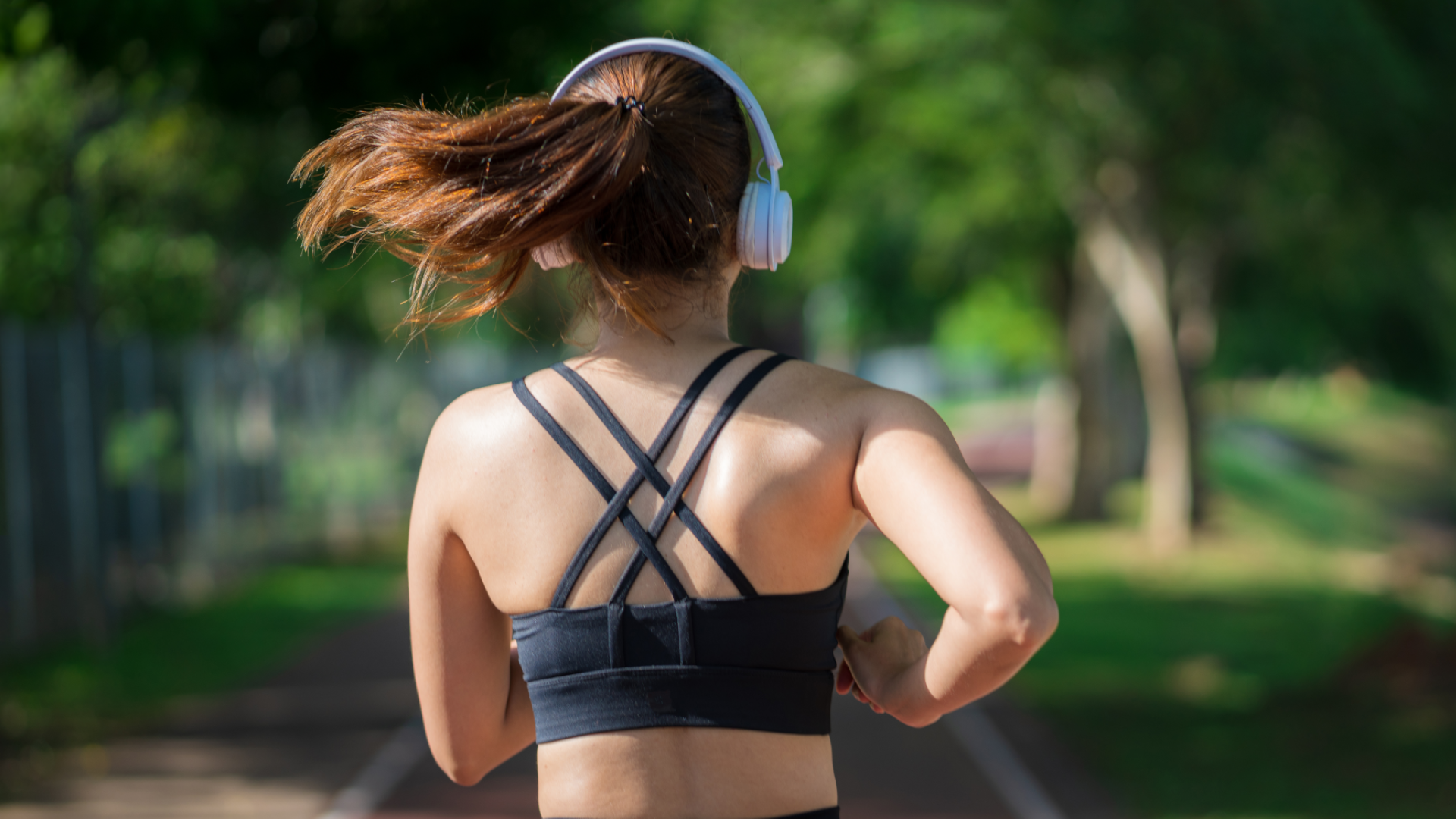
9. Practice pacing strategies
Develop pacing strategies tailored to the specific demands of the marathon course. Practice running at different paces during training runs to familiarise yourself with various intensities and learn to gauge effort levels effectively.
"Get your marathon pace dialled in," recommends Liz Yelling, "have an understanding of your estimated finish time and get the feeling of that pace engrained in your senses."
Most runners don't factor in slight deviations in distance over the course of marathons. Your official time is when you cross the finish line, but you aren't running in a straight line, so you'll likely run more than 26.2 miles. Taking this into account can help avoid disappointment when you face your official time.
10. Arm swing
Arm swing technically falls under running form, which we discussed above, but it's worth mentioning separately. If you've ever observed runners, you might have noticed they swing their arms very differently.
Not many runners, no matter how dedicated they are to their craft, pay much attention to what they do with their arms during longer runs. Sadly, this could prevent said runners from reaching their maximum potential.
Your arms should swing naturally at your sides, with your elbows bent at approximately 90 degrees. Avoid excessive arm movement across your body, which can waste energy and throw off your balance.
11. Core engagement
Another thing you won't see runners do too often is planks, or any other core exercise, for that matter. A shame, as engaging your core muscles maintains stability and supports your posture throughout the run. A strong core can help improve your running form and prevent injuries.
Core workouts don't have to be complicated: here is a 3-move core workout for a functional core. If you find those too hard, try these five beginner-friendly core exercises instead.
12. Compression gear
We mentioned compression socks above, but wearing other types of compression wear, such as sleeves or tights, during your runs can improve circulation, reduce muscle fatigue, and enhance recovery. Compression gear can be especially beneficial for long-distance runners like marathoners.
A meta-study from 2013 suggests that research results looking into the subject "indicate that compression garments are effective in enhancing recovery from muscle damage." Worth a try?

Matt Kollat is a journalist and content creator who works for T3.com and its magazine counterpart as an Active Editor. His areas of expertise include wearables, drones, fitness equipment, nutrition and outdoor gear. He joined T3 in 2019. His byline appears in several publications, including Techradar and Fit&Well, and more. Matt also collaborated with other content creators (e.g. Garage Gym Reviews) and judged many awards, such as the European Specialist Sports Nutrition Alliance's ESSNawards. When he isn't working out, running or cycling, you'll find him roaming the countryside and trying out new podcasting and content creation equipment.
-
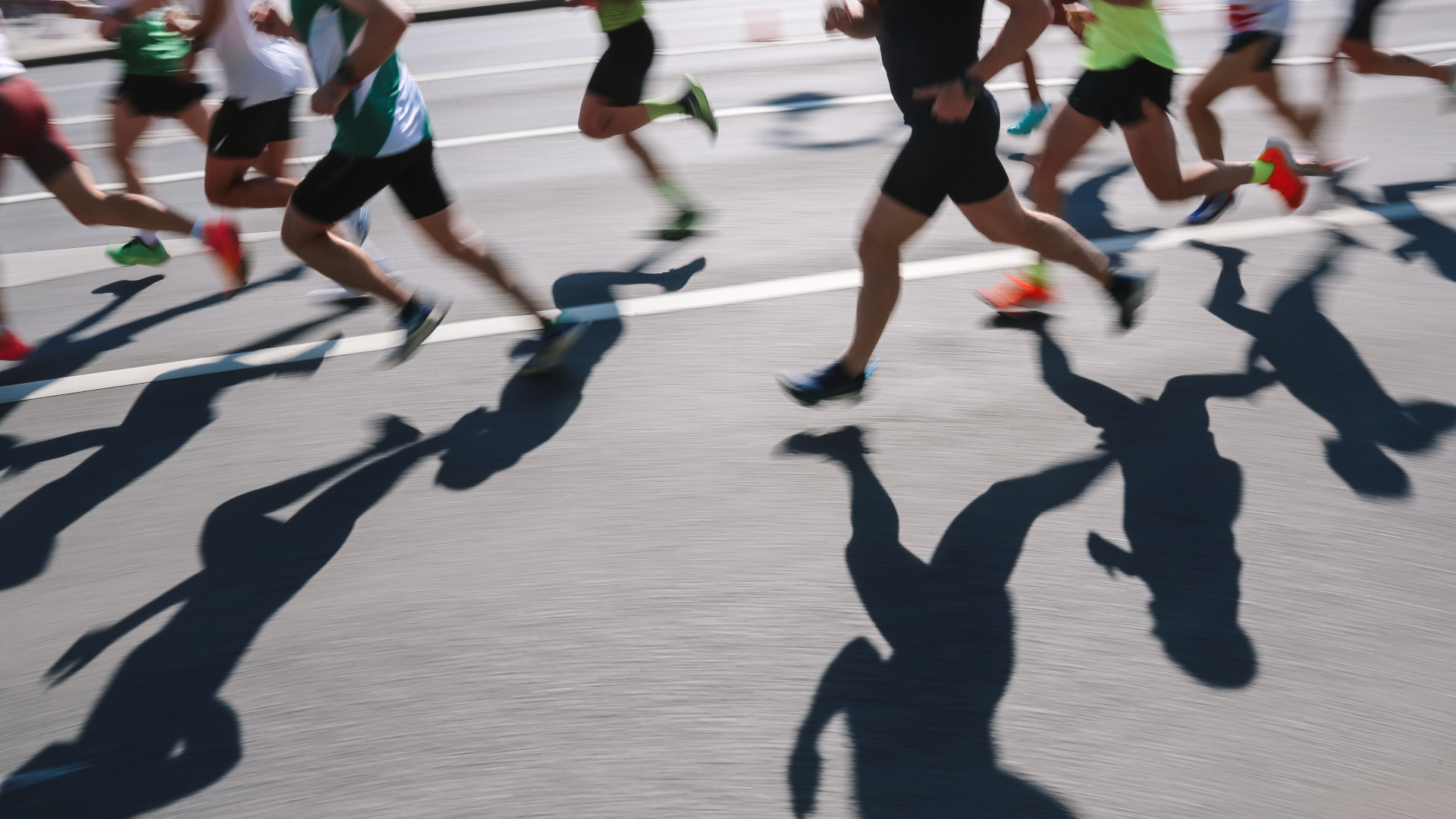 5 last-minute marathon tips from an athletics champion to help you race like a pro
5 last-minute marathon tips from an athletics champion to help you race like a proEuropean Silver Medalist Holly Archer shares some words of wisdom to make your 26.2 mile journey a good one
By Bryony Firth-Bernard
-
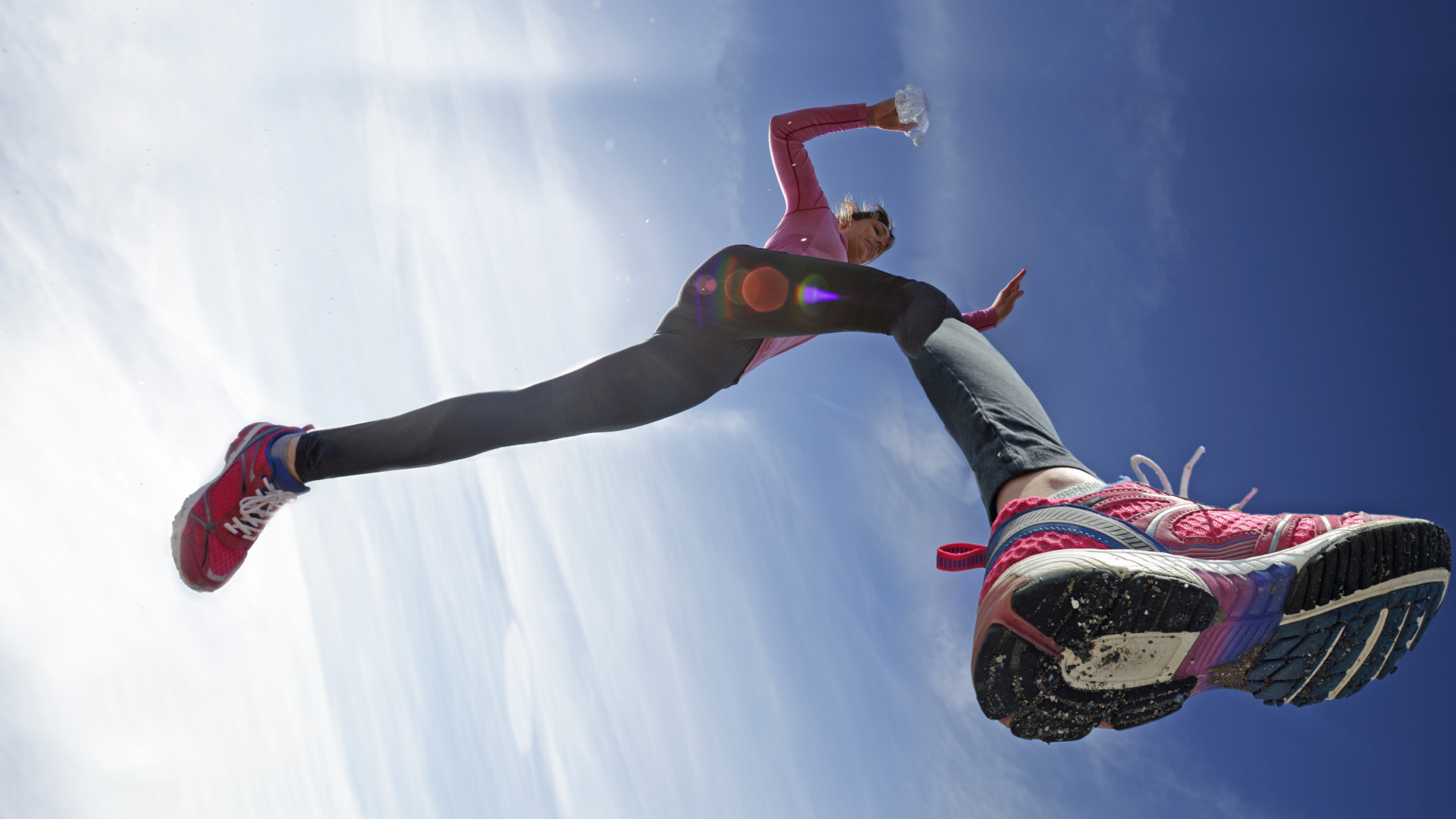 5 outdated running myths that you need to stop believing, say these experts
5 outdated running myths that you need to stop believing, say these expertsPut them in the bin, forget them!
By Bryony Firth-Bernard
-
 I trained in zone 2 for my half marathon, and it made me a faster runner
I trained in zone 2 for my half marathon, and it made me a faster runnerWhy zone 2 training could be the secret to long-distance running success
By Lucy Miller
-
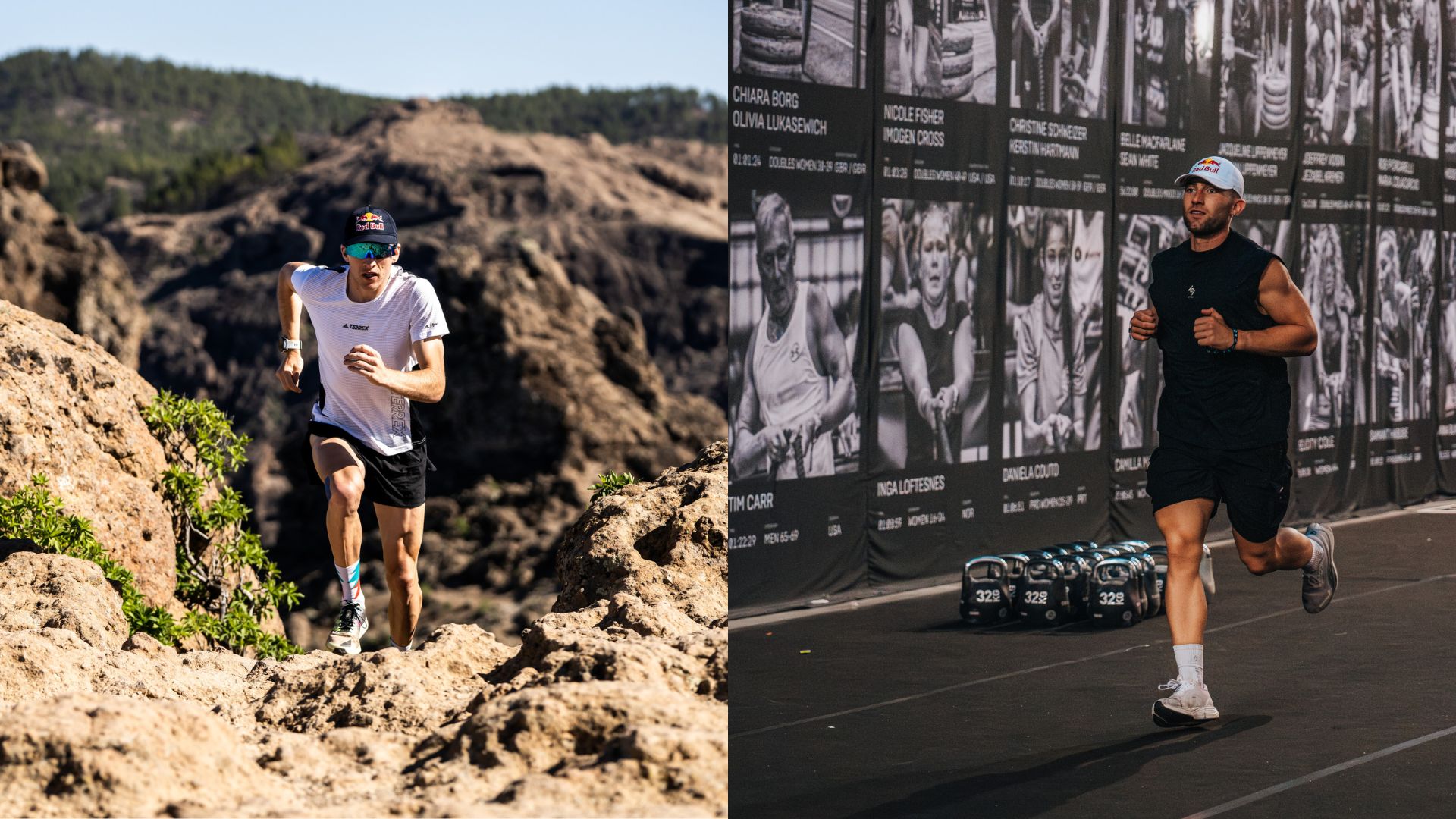 Trail running vs road running: which terrain is right for you?
Trail running vs road running: which terrain is right for you?Are you better suited for the road or tackling the trails? Let's find out...
By Bryony Firth-Bernard
-
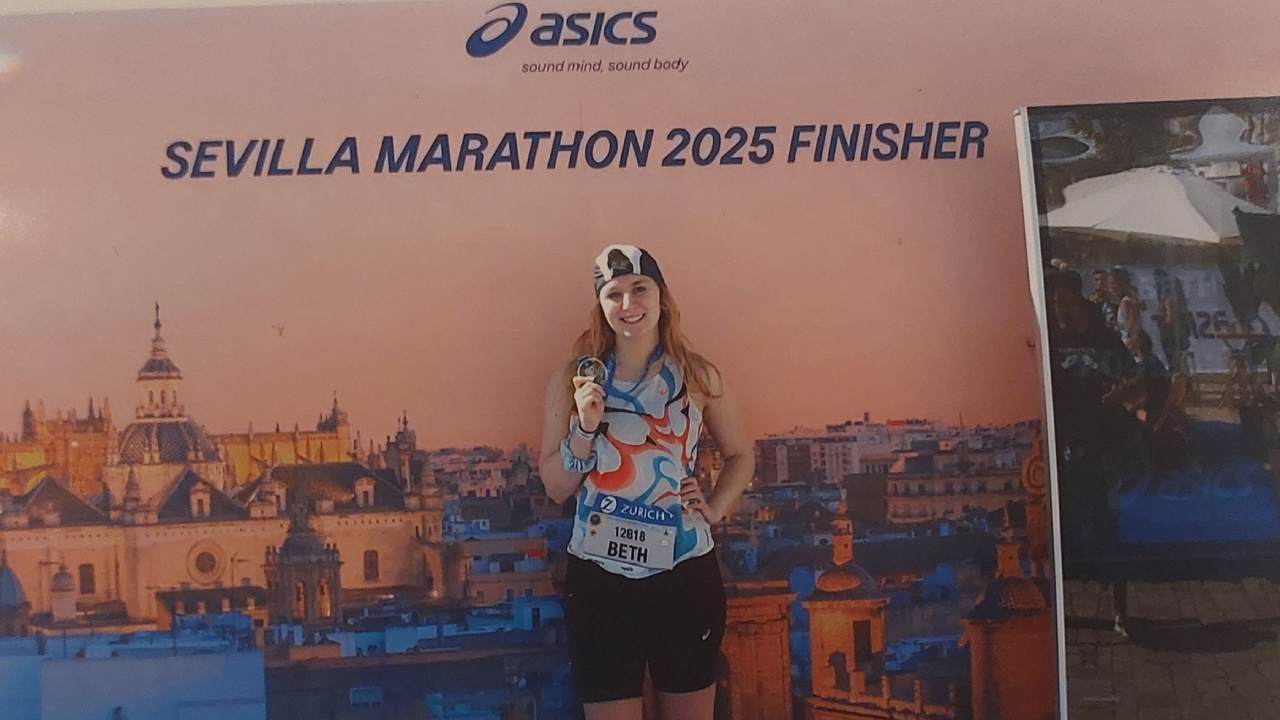 I ran the Seville marathon with ASICS – here’s 5 things I learnt from my first marathon
I ran the Seville marathon with ASICS – here’s 5 things I learnt from my first marathonEverything I learnt from my first marathon
By Bethan Girdler-Maslen
-
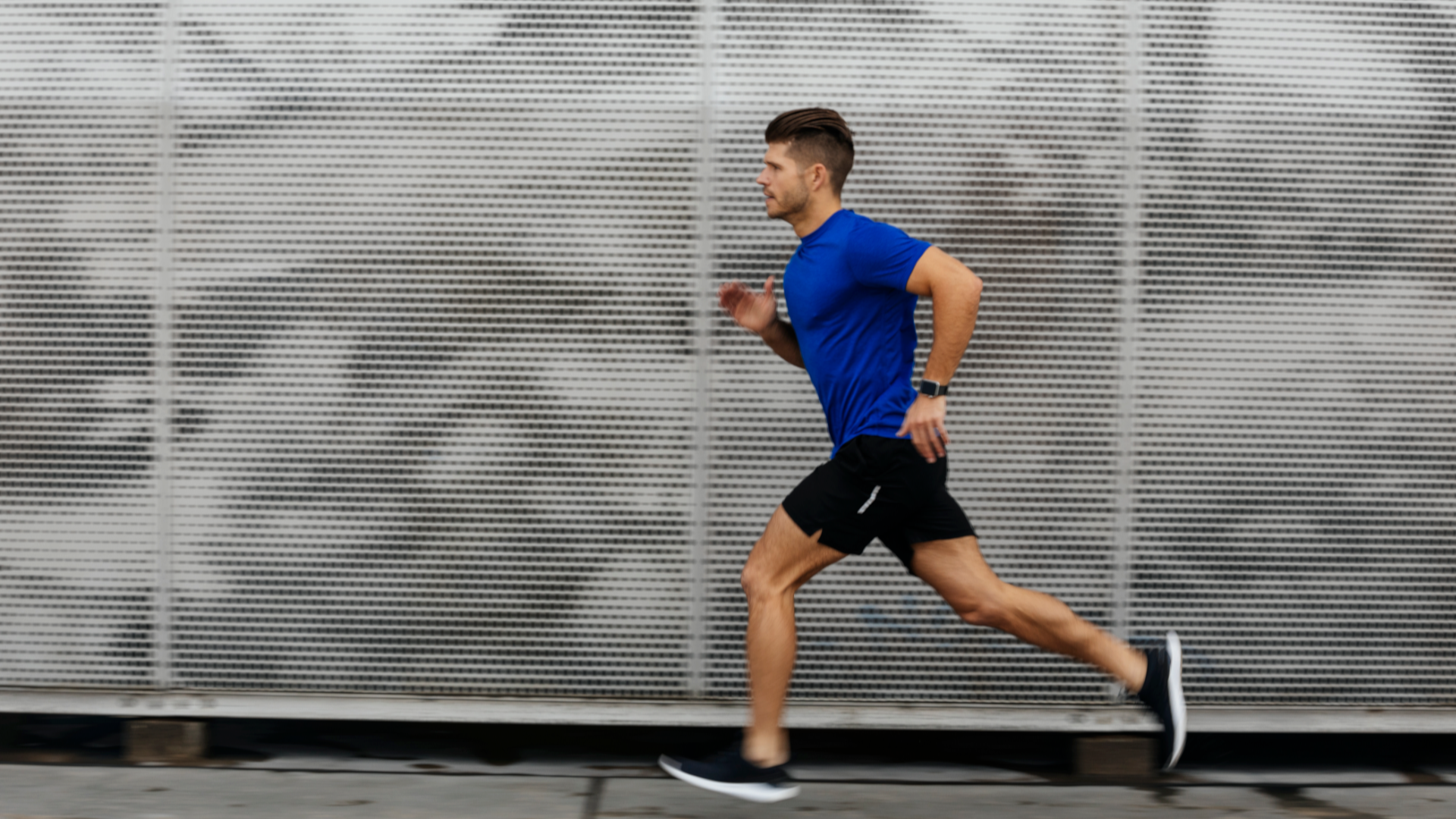 An expert says this is the best method to help you start or get back into running
An expert says this is the best method to help you start or get back into runningEven seasoned athletes use this technique
By Bryony Firth-Bernard
-
 6 running mistakes beginners should avoid, according to an expert
6 running mistakes beginners should avoid, according to an expertIf you want to avoid injury and improve your performance
By Bryony Firth-Bernard
-
 Sore lower back after running? A physio says these three exercises can help
Sore lower back after running? A physio says these three exercises can helpIf you’re prone to back aches after a run, give these a try!
By Bryony Firth-Bernard

